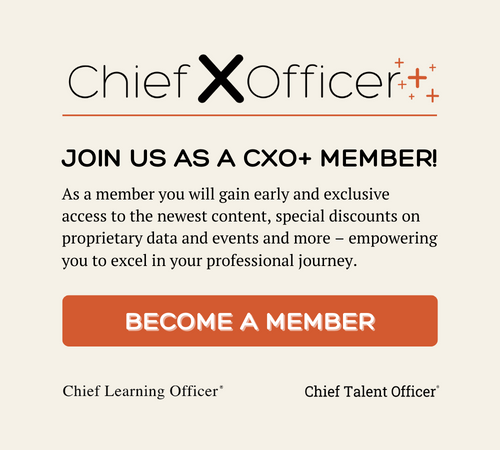Many organizations are in the midst of a fundamental shift in the way their teams work. With team members often spread across time zones in a combination of in-person and remote work arrangements, leaders are faced with a new set of challenges. Managing the accomplishment of work that’s necessary to achieve goals – and holding dispersed team members accountable – is just one of those challenges.
To ensure hybrid teams are productive, talent leaders must adopt practices that inspire ownership and action, so all parties involved have a shared understanding of the work that needs to be done. Here are four ways leaders of hybrid teams can create an environment where clarity, ownership and accountability are the norm.
1. Establish clarity on the goals and direction for the team.
At the Center for Creative Leadership, our perspective is that effective team leadership is a social process that generates direction, alignment and commitment (DAC). The DAC framework makes it possible for individuals to work together willingly and effectively to realize organizational goals and achievements.
In a hybrid work environment, establishing direction becomes even more critical to achieve alignment and commitment. Leaders of hybrid teams must become more intentional about designing rich team conversations that involve discussing, agreeing and documenting what the team is trying to achieve together.
To put this into practice, leaders should pay more attention to developing agendas that frame meaningful topics and send them out before team meetings. During meetings, keep attention high and draw team members into the conversation by asking powerful questions, then spend time exploring their perspectives. Use iterative dialogue to co-create shared vision, test understanding and converge on goals and outcomes.
By making these practices a norm, leaders can ensure engagement and connection remain high for dispersed team members, leading to greater clarity and agreement on priorities.
2. Empower ownership.
For direction to be effectively received, team members must be willing to assume ownership for actions and outcomes. However, in a hybrid workplace, ambiguity regarding responsibility and license to execute can be an obstacle to achieving genuine commitment. Chartering is an effective way for leaders to invite and empower team members to act. Chartering is essentially a conversation that facilitates mutual agreement on priorities and what team members must deliver on them. These conversations delve into issues such as needed outcomes, acknowledged barriers, existing work-load, available resources, associated decision rights, needed authority for action and more. Chartering allows leaders and their team members to work through real ownership concerns, resulting in agreements with high buy-in, confidence and commitment to act.
3. Give support.
The nature of hybrid work environments makes it easier for members to feel disconnected from their leader, team and organization. To counteract this, leaders need to be even more intentional about maintaining relationships and showing support while their team members are busy advancing priorities. Here are several tips:
- Proactively check-in: Show sincere interest in the progress and challenges team members are experiencing.
- Model resilience: Communicate to your team the importance of setting boundaries and maintaining personal well-being by not only encouraging those behaviors, but engaging in them yourself.
- Be an ally by sharing new information: As you learn about organizational decisions or actions that affect the work priorities of your team, proactively share and discuss these developments to ensure you are a valued partner with your team members.
- Provide equitable access to opportunities: Work with each member of your team to determine resources they may need and their development goals. Follow up by providing those resources in the format that works best for each person’s situation.
When team members feel supported, they’re more likely to stay engaged and committed to following through with their individual contributions to the goals of the team.
4. Stay aligned and on track with accountability tools.
It’s been said that “if it’s not written, its not real.” The risk of misunderstanding personal accountabilities is more likely to happen in hybrid environments, where clear communication can be a challenge.
Accountability tools recap agreements, enabling leaders to generate high levels of clarity while empowering team members to assume ownership and act. One simple but effective example is a document or workspace that records priorities to be completed, individuals dedicated to them, target dates and space to capture progress. Other tools such as personal scorecards, team charter agreements and project management software, such as Wrike or Trello, are also useful. Irrespective of which tools you use, the key is to ensure they are accessible, updated as priorities evolve and simple in format.
When there is a dedicated space and system for keeping team efforts on track, accountability is simplified.
In a hybrid world, take a human-centered approach to establishing accountability
To effectively establish team accountability, leaders and organizations should focus less on surveillance and compliance tactics, and more on building trust and engagement with team members. Employees who feel valued, supported and aligned with the work their organization is doing in the world will naturally be more motivated to accomplish the tasks they’re responsible for – leading to high-performing teams that move their organizations forward.















